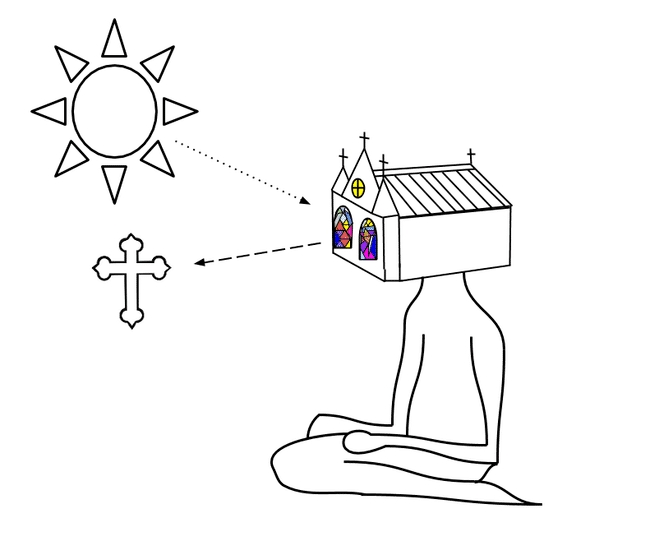Virtual Reality: Past and Future

Source: How VR Gaming will Wake Us Up to our Fake Worlds
I find this perspective fascinating.
Essentially, anyone trying to create an experience for you, trying to generate certain thoughts and feelings in your brain, is attempting a type of virtual reality.
And this started all the way back with cave painting.
Source: How VR Gaming will Wake Us Up to our Fake Worlds
So the modern implementations are just advanced forms of cave painting. It seems we’ve been obsessed with this transportation of experience for a very long time.
Where it starts to get interesting, in my opinion, is where the current reality ceases to be compelling compared to what is presented virtually. And if the alternative realities can be presented convincingly enough, how many people will simply do reality at the minimum required to fund and enable the alternate versions?
I think the answer is many.
But for little boys and old men in the caves, perhaps they wish they could stay there as well.
And maybe that’s ok.